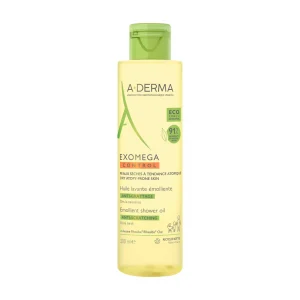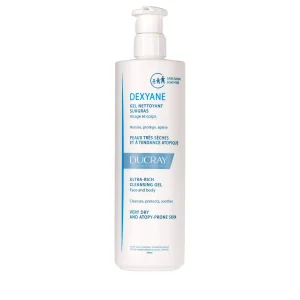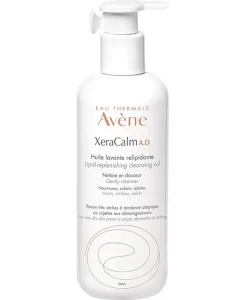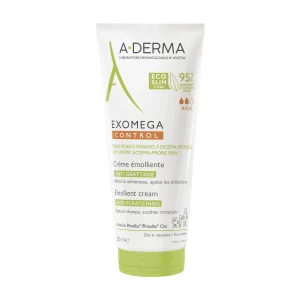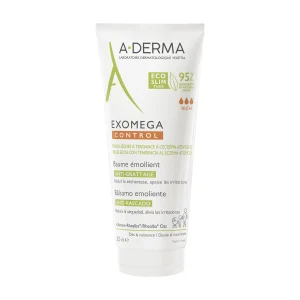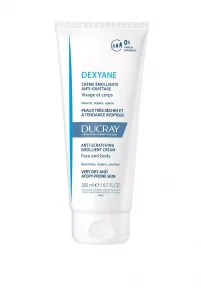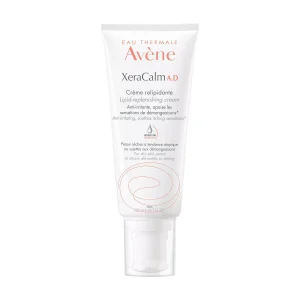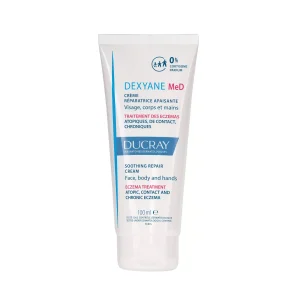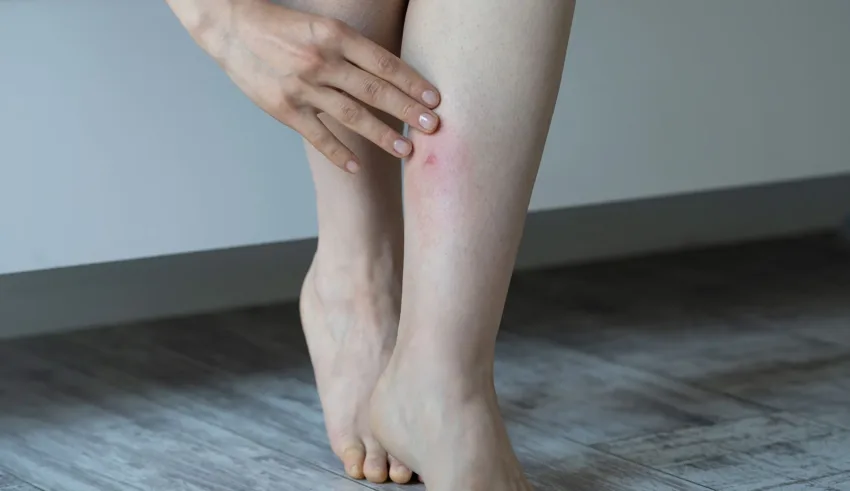
Eczema, or dermatitis, describes a group of inflammatory skin disorders that cause dry, inflamed, and intensely itchy skin. There are several types of eczema. The symptoms associated with eczema can develop on different areas of the body, including the legs. The dermatologist Dr. Samar Khalil explains in this article from The Dermo Lab how to identify and treat eczema on the legs.
Where can eczema appear on your legs?
Most types of eczema can appear anywhere on your legs, including the thighs, calves, and back of the legs.
Eczema is most common on joints and areas where the skin regularly stretches and bends. So, although it can appear anywhere, leg eczema most often appears on the knees, hips, ankles, and feet.
What are the types of eczema on the legs?
Dr. Samar Khalil states that there are 5 types of leg eczema: Atopic dermatitis, contact dermatitis, stasis dermatitis, asteatotic dermatitis, and nummular/discoid eczema.
Eczema is not contagious, but it does have genetic and environmental triggers.
1- Atopic dermatitis
Atopic dermatitis is the most common eczema. Normally, it manifests as rough patches on the back of the knees (and also on the back of the elbows). Atopic skin is hypersensitive to its environment and overreacts to certain environmental factors (pollen, heat, animal hair, etc.).
2- Contact dermatitis
This eczema is caused by contact with irritants or allergens. If you start using a new soap and you get red patches that itch like crazy, this is contact dermatitis.
There are two types of contact dermatitis:
- Allergic contact dermatitis occurs when your immune system reacts to common substances such as latex, or metal.
- Irritant contact dermatitis is a reaction to substances such as chemicals or toxic plants.
3- Stasis dermatitis
Stasis dermatitis has many names, including varicose eczema, gravitational eczema, and venous eczema. Stasis dermatitis is caused by weakened veins that leak fluid. It occurs almost exclusively on the legs and is more common in the elderly. With age, the veins in the legs weaken and become varicose. These weakened veins lead to stasis dermatitis.
4- Asteatotic dermatitis
Dr. Samar Khalil states that it is caused by dry skin and is most often related to aging.
5- Nummular eczema
If the rash on your legs consists of a collection of red or scaly circles, it is probably nummular eczema. Nummular eczema is usually caused by allergic reactions to insect bites or chemicals. Dr. Samar Khalil explains that this type of eczema has coin-shaped lesions.
As you can see, eczema symptoms on the legs vary depending on its type. Keep reading to learn what triggers eczema and how to choose the best cream for eczema on the legs.
What triggers “legzema”?
According to Dr. Samar Khalil, common triggers include:
- dry skin (especially in cold, dry weather or in patients with atopy)
- irritants (e.g. harsh soaps, certain ingredients in some creams)
- allergens (e.g. metals in clothing or jewelry, such as nickel, and certain ingredients in some creams)
- poor circulation (especially in elderly patients)
Dr. Samar Khalil assures that eczema on the legs can be managed with proper treatment and a maintenance routine.
How do you get rid of eczema on the legs?
Treating eczema on the legs is no different than treating eczema anywhere else. Most types of eczema have related triggers and causes, so treatment methods for one type of eczema tend to work on most others.
The most common methods of treating leg eczema are:
1- Use of cleansers
A lot of everyday cleansers contain harsh chemicals that strip the skin of its natural moisture. As an example, sulfates are a common foaming agent in cleansers, but they are extremely harsh on the skin. Another common irritant is artificial fragrance, which is a mix of toxic, alcohol, and preservatives.
Here are 3 cleansers for dry, eczema-prone skin! They go a long way in soothing the skin and managing eczema flare-ups.
A-Derma Exomega Control Emollient Shower Oil
Ducray Dexyane Ultra-Rich Cleansing Gel
Eau Thermale Avène XeraCalm A.D Lipid-Replenishing Cleansing Oil
- Moisturizers or emollients
Much of the itchiness of eczema comes from dry skin. Moisturizers help with this and reduce the cracking of the skin. Moisturizers hold water and create a barrier against the elements that can irritate your skin.
They work best if you apply them after a bath or shower. Use lukewarm water and only bathe for about 10 minutes. Pat your skin dry. Leave it slightly damp. This way, you won’t remove all the moisture you got from bathing.
All our products are fragrance-free and contain restorative ingredients that help heal, soothe and calm the skin. Check them out!
A-Derma Exomega Control Emollient Cream
A-Derma Exomega Control Emollient Balm
Ducray Dexyane Anti-Scratching Emollient Cream
Eau Thermale Avène XeraCalm A.D Lipid-Replenishing Cream
- Steroid creams and ointments
They can help reduce swelling, redness, or pain.
The following cream treats and promotes the disappearance of eczema lesions and limits their recurrence. Skin is protected thanks to a pleasant texture that forms a semi-occlusive surface film.
Ducray Dexyane MeD Soothing Repair Cream
- Antihistamines
If your eczema is related to an allergy, these medications can reduce itching.
- Topical calcineurin inhibitors
They can reduce the inflammation associated with eczema.
You may also be wondering how to get rid of eczema marks on your legs. Dr. Samar Khalil explains that these marks usually fade over time. If the area is dark, using brightening agents, avoiding sun exposure, and using a daily moisturizer to maintain the skin barrier can help fade these marks.
When to see a healthcare professional
Anyone with eczema should see a dermatologist if they have not yet been diagnosed. Your healthcare provider will examine your leg eczema and provide you with treatment options to relieve the symptoms and make sure you know what you need to do to avoid flare-ups.
In the case of varicose eczema, it is more important to see your healthcare provider as this condition may indicate a problem with your blood circulation.
What we’ve learned about leg eczema
Eczema is not a disease, but an umbrella term for several conditions, many of which can develop on the legs. When this skin condition occurs, it causes intense itching, dryness, and scaling of the skin on the legs.
Here’s what we learned about leg eczema:
- A few types of eczema can cause flare-ups on your legs. Most types can also occur on other parts of the body. Eczema is most common in children, but many adults also have it.
- It’s usually not serious, but it can be very uncomfortable (especially without treatment).
- Most types of eczema result from environmental factors that trigger genetic and immune responses, causing rashes, blisters, and patches of dry or rough skin.
- There is no cure for eczema, but there are many ways to treat and manage it.
